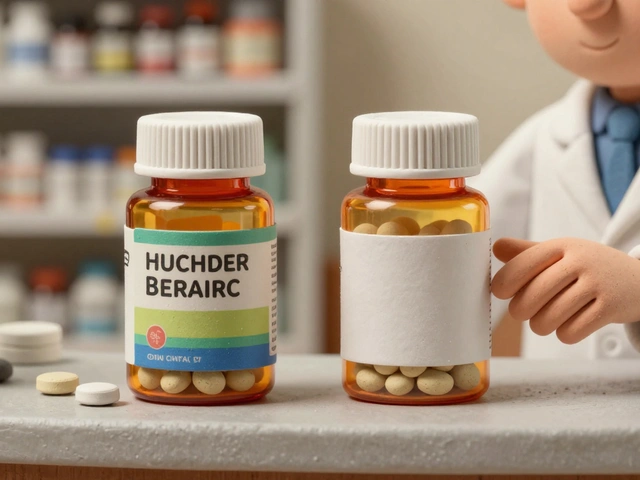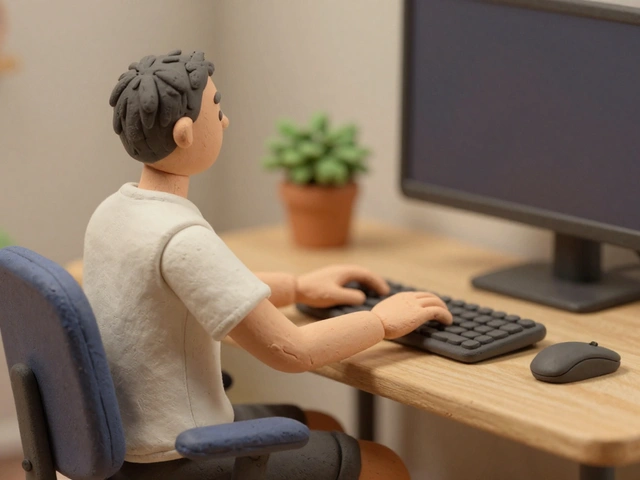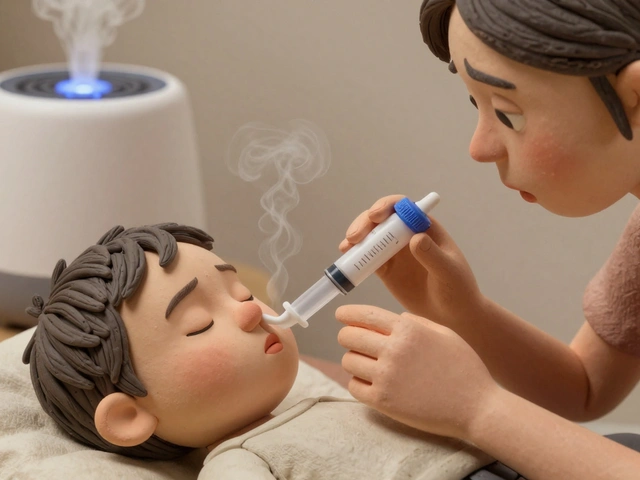In recent years, research has been exploring the connection between aspirin and osteoporosis, a condition that weakens bones, making them more susceptible to fractures. Studies have shown that regular aspirin use may have a positive impact on bone health by reducing inflammation and promoting bone formation. However, it's important to remember that these findings are not definitive and more research is needed to fully understand the relationship between aspirin and bone health. As a blogger passionate about health, I'm excited to see where this research leads and will continue to keep my readers updated on the latest developments. In the meantime, it's crucial to maintain a balanced diet, exercise regularly, and consult a healthcare professional for personalized advice on maintaining strong bones.
Osteoporosis: Practical Steps to Test, Treat, and Protect Your Bones
Broken bones from a simple fall aren’t just bad luck—often they’re a sign of osteoporosis. If you want clear, usable advice without the maze of medical terms, read this. You’ll get straightforward guidance on when to test, what treatments do, and daily habits that really help.
Who should get tested and what to expect
Ask for a DXA (bone density) scan if you are a woman 65+ or a man 70+, or earlier if you have risk factors: long-term steroids, low body weight, early menopause, smoking, heavy drinking, or a prior fracture. The DXA gives a T-score that guides treatment. Your doctor may also use the FRAX tool to estimate your 10-year fracture risk. Bring a list of meds, any fall history, and family hip-fracture info to the visit—small details matter.
Treatments that cut fracture risk and what to know
Several medicines lower fractures. Bisphosphonates (alendronate, risedronate) are common first choices and are taken by mouth weekly or monthly—take them on an empty stomach and stay upright for 30 minutes. Denosumab is an injection every six months; stopping it can cause quick bone loss, so plan a follow-up strategy with your doctor. For severe bone loss, bone-building drugs such as teriparatide or romosozumab may be used for limited periods.
All drugs have trade-offs. Rare side effects include jaw problems (osteonecrosis) and unusual thigh fractures with long-term bisphosphonate use; your doctor will weigh risks versus benefits. Hormone therapy or SERMs (like raloxifene) may suit some people—especially younger postmenopausal women—so discuss options that match your health history.
Medications are only part of the picture. Aim for 1,000–1,200 mg of calcium daily, mainly from food—yogurt, canned salmon, fortified milk or plant milks. Check vitamin D levels; many older adults need 800–2,000 IU daily based on a blood test. Eat enough protein to keep muscle and bone strong—about 1.0–1.2 g/kg for older adults is a good target unless your doctor advises otherwise.
Move in ways that load your bones: brisk walking, stair climbing, light weight training, and balance exercises like tai chi. Try for 30 minutes most days and strength work twice a week. Small changes—holding grocery bags, doing squats while brushing your teeth—add up.
Prevent falls: clear tripping hazards, add grab bars, improve lighting, and wear stable shoes. Review medicines with your pharmacist—some cause dizziness or drowsiness and raise fall risk. Cut back on heavy drinking and quit smoking; both speed bone loss and slow healing after fractures.
Keep track: repeat bone scans as your doctor recommends and report new back pain or height loss. If you break a bone, ask about a fracture liaison service—many centers now offer programs to prevent the next break. Prepare a one-page checklist for your next visit: past fractures, current meds, family history, and recent tests. That short list helps your clinician choose the right plan for you.






